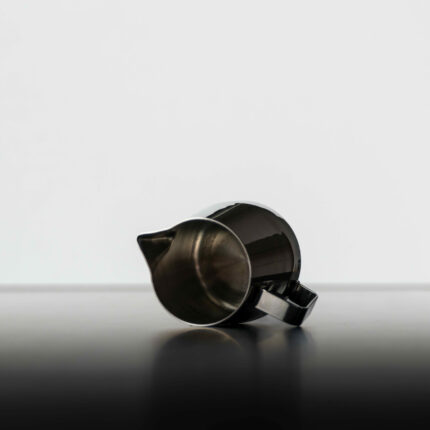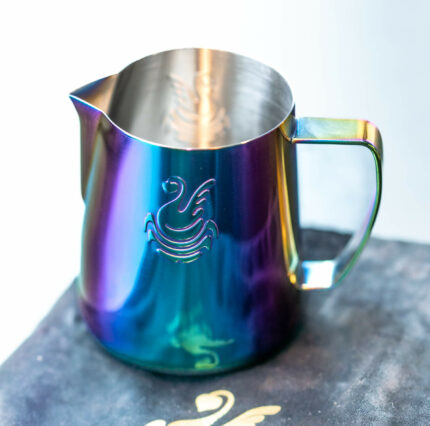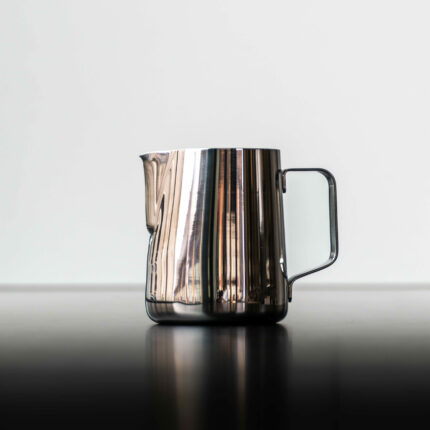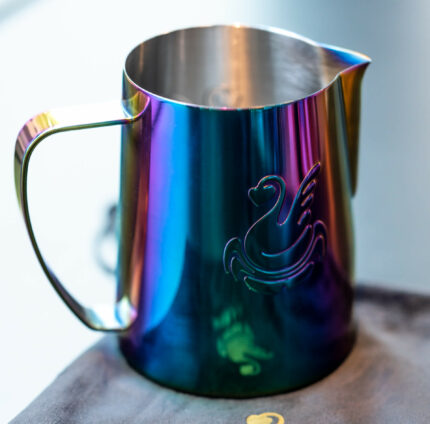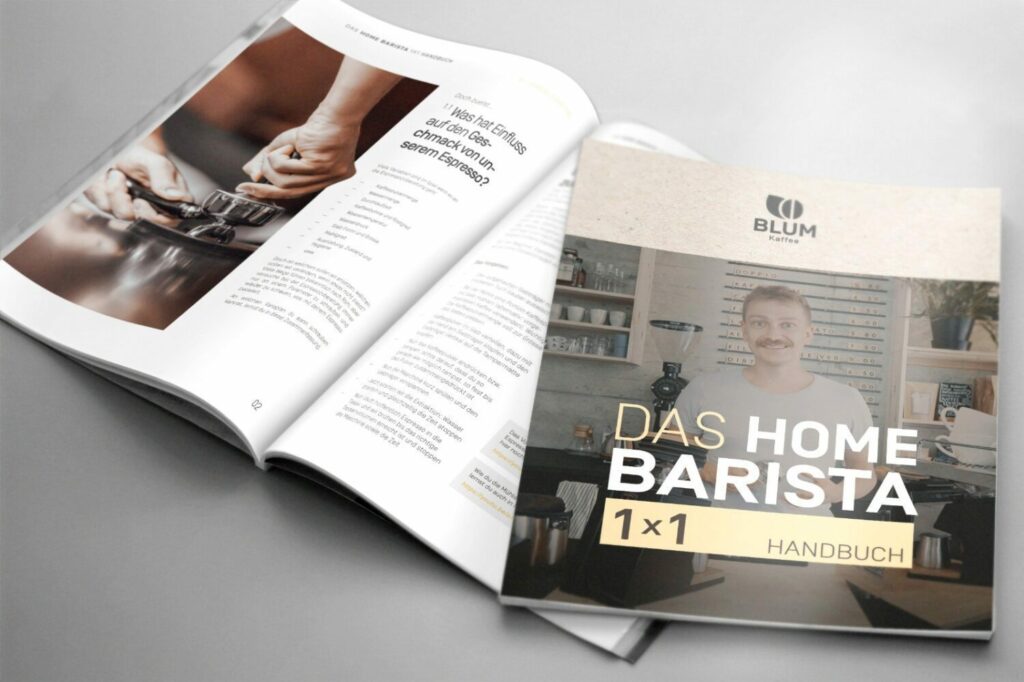Milkjug – the barista’s paintbrush
Explore our diverse selection of milk jugs, perfect for crafting creamy milk foam and Latte Art. From classic stainless steel pitchers to stylish designs – here you’ll find the ideal milkjug for perfect your cappuccino.
Showing all 4 results



